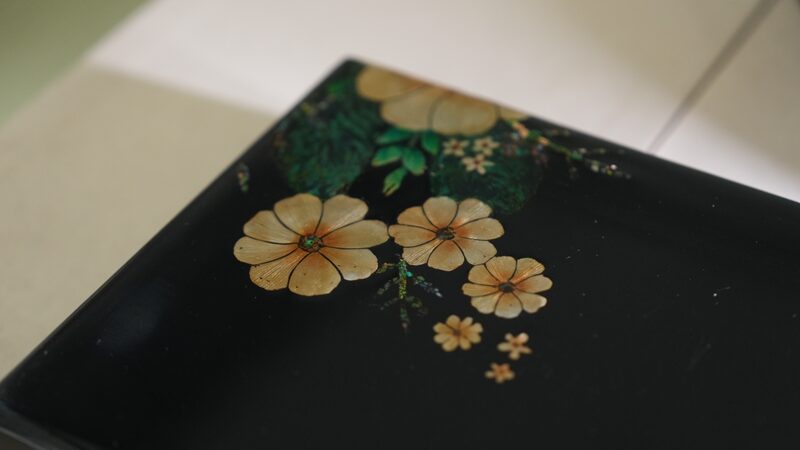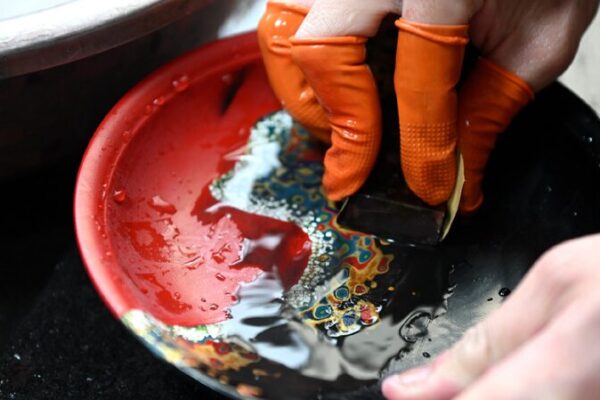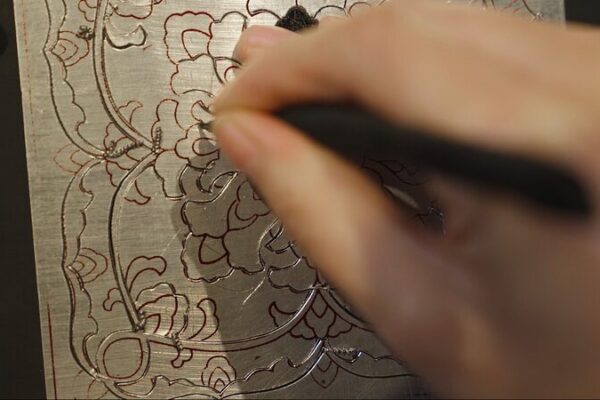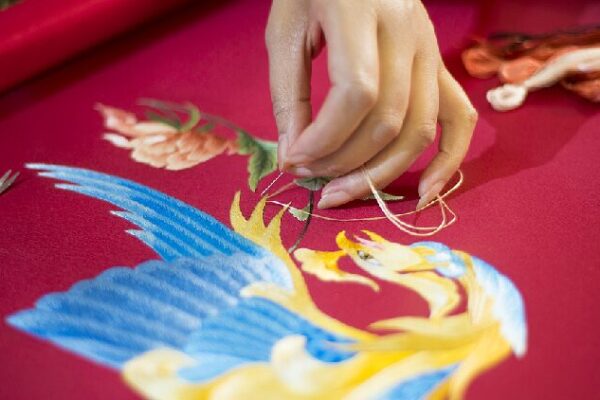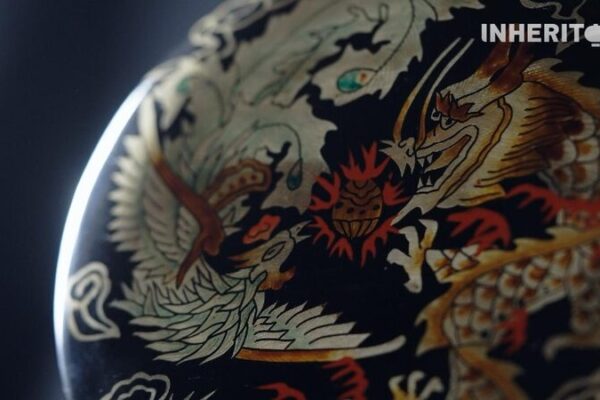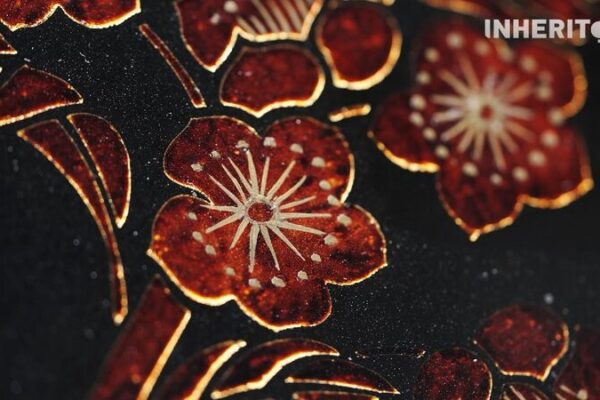In a world where modern technology often overshadows traditional crafts, the ancient art of lacquer harvesting remains a testament to human ingenuity and cultural heritage. This age-old practice, integral to creating exquisite lacquerware, begins with a simple yet meticulous process that transforms tree resin into stunning works of art.
The journey starts deep within forests where skilled artisans identify suitable lacquer trees. These trees, valued for their precious sap, are carefully selected based on age and health. The selection is crucial, as the quality of the resin directly impacts the beauty and durability of the final lacquerware product.
Harvesting lacquer is a delicate process. Artisans make precise incisions into the bark of the tree, allowing the resin to seep out slowly. This sap, often called “liquid gold,” is collected meticulously, drop by drop. The process requires patience and respect for the tree, ensuring it is not harmed and can continue to produce resin for years to come.
Once collected, the raw resin undergoes a careful refinement process. It is filtered and stirred to remove impurities, resulting in a smooth, pure lacquer. This lacquer serves as the essential base for artists to create lacquerware, applied in layers to create items ranging from bowls and boxes to elaborate artworks.
Lacquerware holds immense cultural significance in many societies, especially across Asia and parts of Africa. It represents not just artistic expression but also a connection to nature and tradition. Each piece tells a story of the land it comes from and the hands that crafted it.
For the younger generation, understanding and appreciating crafts like lacquer harvesting is vital. It’s a bridge between the past and the present—a reminder of our roots in an ever-changing world. By valuing these traditional practices, we preserve not just art but the rich histories and cultures they embody.
Reference(s):
Lacquer harvesting: The origin and craft behind lacquerware art
cgtn.com

